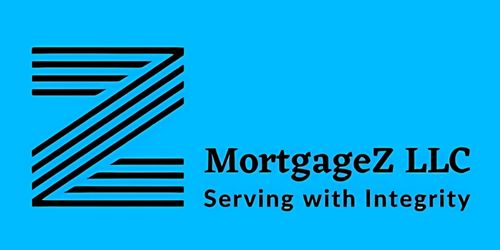Popular Loan Programs
It may be hard to believe, but in just a few clicks, a new home or mortgage savings could be yours. Whether you’re looking for a rate that works for you or searching for your local branch, there’s no commitment. Get started today
Conventional Loan
Conventional Loans are the most common type of mortgage and often serve as the starting point for many homebuyers. As the name suggests, they follow traditional lending standards and are not backed by any government agency. These loans typically require a minimum down payment of 5% and are available for loan amounts up to $726,200, as set by the Federal Housing Finance Agency (FHFA). Private Mortgage Insurance (PMI) is required when the loan-to-value (LTV) ratio exceeds 80%, meaning the borrower puts down less than 20% of the home’s value. Additionally, seller concessions—contributions from the seller toward the buyer’s closing costs—can range from 3% to 9% of the purchase price, depending on various factors such as occupancy and down payment.
